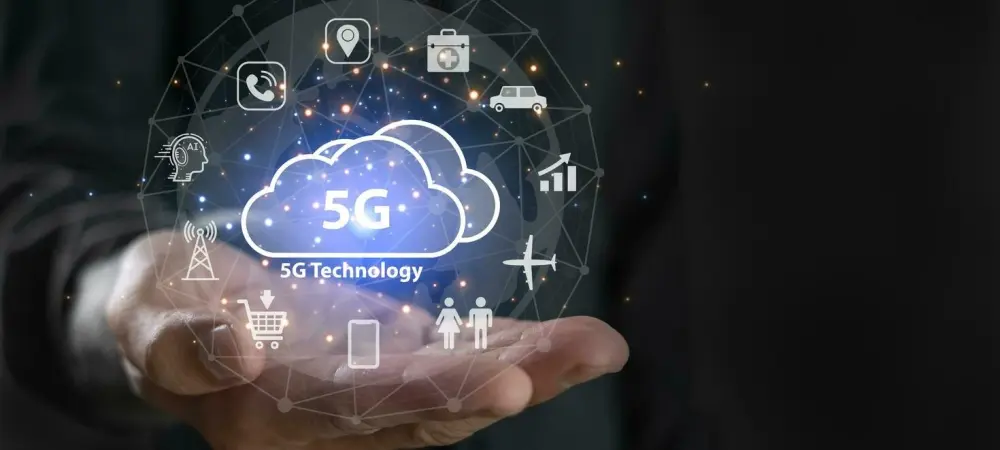In the rapidly evolving world of telecommunications, the deployment of 5G antenna columns stands as a pivotal development, altering urban landscapes and enhancing connectivity. As cities continue to grow and data demand skyrockets, innovative solutions are necessary to integrate new technology into existing infrastructures seamlessly. This review delves into the intricacies of 5G antenna columns, evaluating their features, performance, and the transformative impact they have had on urban areas thus far.
A Deep Dive into 5G Antenna Columns
5G antenna columns represent a strategic advancement in the telecommunications sector, harnessing compact design and powerful capabilities to fit seamlessly into urban environments. These structures comprise a range of components, including advanced antennas, transmitters, and receivers, efficiently integrated to ensure robust connectivity. Positioned within the larger framework of telecommunications evolution, 5G columns are instrumental in handling modern data requirements, providing enhanced capacity and speed.
Bridging the gap between cutting-edge technology and practical applications, 5G antenna columns leverage existing urban structures for deployment. This integration is crucial for ensuring rapid rollouts, especially in metropolitan centers where space is limited and traditional cell towers face resistance. By seamlessly embedding technology within urban aesthetics, 5G columns play a critical role in the ongoing transformation of network infrastructures.
Features and Components of 5G Antenna Columns
Ericsson’s Contribution to Performance
Ericsson has become a key player in defining the performance standards of 5G antenna columns. Their antennas significantly contribute to the operational efficiency of these installations, offering high technical specifications that cater to the growing demand for improved network reliability. From advanced signal processing to energy-efficient operations, Ericsson’s technology strengthens the backbone of 5G networks.
Urban Integration: Repurposing Advertising Columns
The innovative repurposing of urban infrastructures into 5G antenna columns represents a creative solution to urban connectivity challenges. Buildings and structures like advertising columns are utilized for their proximity to high-traffic zones, enhancing technical integration while maintaining aesthetic appeal. This careful balance is essential for widespread deployment without disrupting urban environments.
Recent Developments and Future Trends
Recent advancements in 5G technology highlight a trend toward more agile and creative deployment strategies. Innovations such as higher data transmission rates and improved signal range offer new application possibilities. The ongoing partnerships among industry giants lay the groundwork for more collaborative efforts aimed at overcoming technical hurdles and optimizing network efficiency. Collaborative strategies are pivotal in progressing the capabilities of 5G antenna columns beyond their initial designs. By focusing on cutting-edge research and development, companies continue to refine deployment methods and reduce infrastructure costs, setting the stage for the future advancement of network technology.
Real-World Applications of 5G Antenna Columns
In practice, 5G antenna columns have found myriad applications across diverse sectors, notably in transportation hubs and cultural centers. For example, transforming advertising columns in places like Stuttgart and high-traffic zones such as train stations showcases the versatile nature of this technology. Through these applications, 5G columns contribute to vastly improved urban connectivity, enhancing both resident and visitor experiences. These real-world implementations underscore the adaptability of 5G antenna technology. By strategically enhancing vital urban infrastructures, these columns facilitate seamless connectivity, ensuring services like mobile gaming and real-time applications perform optimally.
Navigating Challenges and Limitations
Despite their promising impact, 5G antenna columns face several challenges, including regulatory and environmental hurdles. The process of gaining approvals, ensuring compliance with safety regulations, and minimizing environmental impact often presents obstacles to deployment. Solutions currently being explored prioritize overcoming regulatory barriers and addressing infrastructural concerns.
Technical limitations, such as optimizing coverage areas and refining signal strength, are continuously addressed within the industry. Companies pursue innovative approaches and solutions designed to circumvent these challenges, enabling a smoother deployment path and facilitating a sustainable technological footprint.
Looking Toward Future Prospects
As the telecommunications industry anticipates the future trajectory of 5G antenna columns, several innovations and potential impacts come to light. Continued integration of advanced technologies is expected to play a significant role in shaping urban connectivity, potentially transforming the infrastructure landscape and offering new opportunities for enhanced services. With an eye on the future, strategic international collaborations and research investments are predicted to drive next-generation advancements. These advancements promise a profound effect on telecommunications, gradually unveiling a world where ubiquitous and ultra-reliable connectivity becomes the norm.
Evaluating the Impact
In summary, 5G antenna columns have already started to reshape the fabric of urban connectivity by integrating groundbreaking technologies with existing infrastructures. Their impact on telecommunications and urban development is becoming increasingly apparent, offering substantial innovations and efficiencies. As adoption and development continue, the potential of 5G antenna columns to redefine connectivity landscapes offers a promising outlook, setting the stage for a new era in network technology.

